Table of Contents
Mercedes GLE Engine Not Starting: Diagnosis, Fault Codes & Fix
When a Mercedes GLE won’t start, it’s more than just an inconvenience it’s a signal that something deeper within the vehicle’s electronic or fuel delivery systems has failed.
In this article, we’ll walk through a real-world Mercedes-Benz GLE no-start case study, where the fault was traced to a defective fuel pump control module affected by water ingress. You’ll learn the diagnostic steps, fault code interpretation, and repair process that restored the vehicle’s performance.
Customer Complaint: Mercedes GLE Engine Won’t Start
A Mercedes-Benz GLE was towed to the dealership via roadside assistance after the owner reported that the engine would not start. The dashboard lights illuminated, but the engine failed to crank or fire.
A certified Mercedes technician was assigned to diagnose and resolve the issue using factory diagnostic tools and visual inspection.
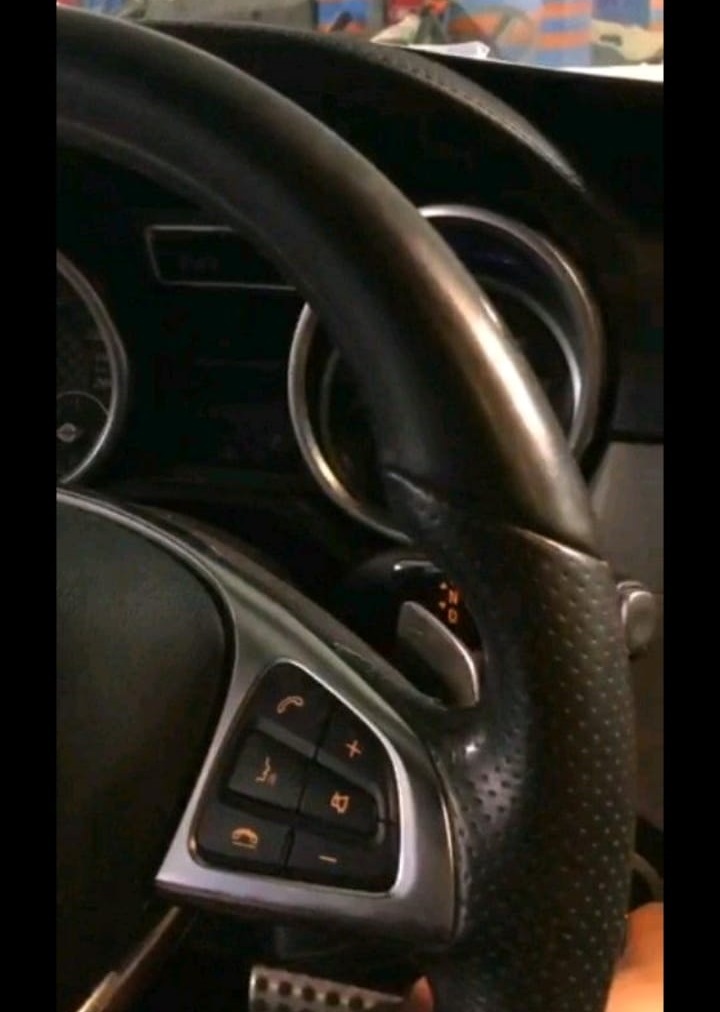
Initial Diagnostics
The first step was to connect the Launch diagnostic tool to the engine control module to retrieve stored fault codes.
Recorded Fault Codes
| Fault Code | Description | Possible Cause |
|---|---|---|
| P062713 | Output for the fuel pump has an electrical fault or interruption | Power supply interruption or module damage |
| U010987 | Communication with the fuel pump control module is malfunctioning | Faulty control module or wiring issue |
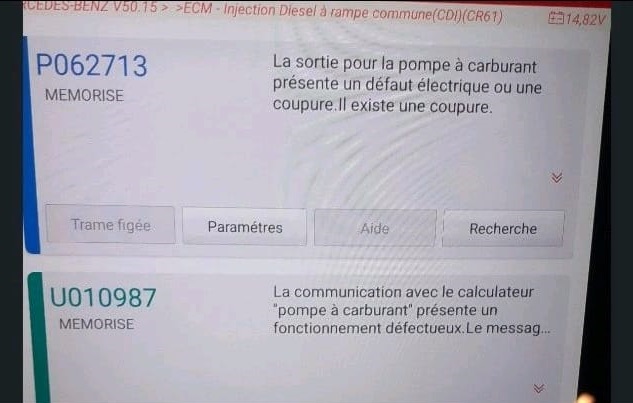
These codes pointed toward a fuel delivery issue, likely originating from the fuel pump control module (N118/3) or its electrical circuit.
Visual Inspection
A thorough inspection was conducted to verify physical conditions and confirm the diagnostic readings.
Findings
- 1. Damaged Connector:
The connector at the fuel pump control module showed visible signs of wear and corrosion.

- 2. Water Ingress Evidence:
Moisture was present near the control module’s mounting area, indicating possible water intrusion. This can cause intermittent communication errors or complete module failure.
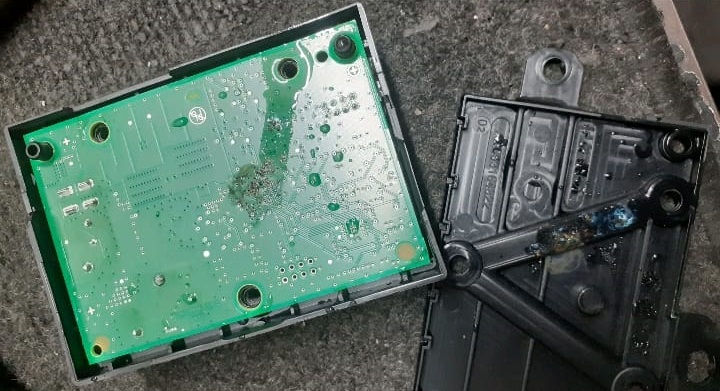
Component Location:
The fuel pump control module on the Mercedes GLE is mounted beneath the right rear seat, protected by a cover but it remains vulnerable if seals or drains are compromised.
Diagnostic Conclusion
After correlating fault codes and physical inspection results, the technician concluded:
The fuel pump control module (N118/3) and its electrical connector were damaged due to water ingress, causing an electrical communication fault and preventing the engine from starting.
Repair Process
Step 1 : Fuel Pump Control Module Replacement
- – Removed the rear seat cushion to access the module.
- – Disconnected the damaged connector and wiring harness.
- – Installed a new OEM Mercedes-Benz fuel pump control module.

Step 2 : Fault Code Clearing
- – Reconnected the diagnostic tool and cleared stored fault codes in the engine control unit (ME-SFI).

Step 3 : Verification Testing
- – Performed ignition and engine start tests.
- – Verified communication with the new module via XENTRY live data.
- – Checked fuel pump actuation and voltage consistency.
Result: The engine started immediately and ran smoothly with no new fault codes recorded.
Outcome
After replacing the defective fuel pump control module, the Mercedes GLE’s no-start issue was completely resolved.
The technician verified all electrical connections were secure and performed a test drive to confirm system stability.
This case highlights how water ingress and connector corrosion though seemingly minor can disable an entire vehicle starting system.
Where is the fuel pump control module located ?
The fuel pump control module is mounted under the right rear seat. see the image below

Technical Recap
| Step | Action Taken | Finding / Result |
|---|---|---|
| Diagnostic Scan | Fault codes P062713 and U010987 found | Fuel pump control module failure suspected |
| Visual Inspection | Connector corrosion and water near module | Confirmed water ingress |
| Module Replacement | Installed new OEM fuel pump control module | Fault cleared |
| Verification | Engine started successfully | Normal operation restored |
Preventive Tips for Mercedes GLE Owners
| Preventive Step | Purpose |
|---|---|
| Inspect trunk and rear seat area seals | Prevents moisture entry and corrosion |
| Avoid washing vehicle interior floors excessively | Reduces water seepage to under-seat modules |
| Periodically scan vehicle using XENTRY or OBD-II tool | Detects early communication faults |
| Use only OEM control units | Ensures proper voltage and CAN communication compatibility |
Workshop Takeaway
- – Modern Mercedes vehicles depend heavily on interconnected modules a fault in one (like the fuel pump control unit) can immobilize the engine.
- – Water ingress remains one of the most overlooked causes of electrical faults.
- – Always perform a visual inspection before replacing major components.
Related Diagnostic Resource
If you’re facing similar starting problems, explore our full troubleshooting hub:
Mercedes No Start Issues: Causes, Fixes & Case Studies : a complete guide covering electrical, fuel, and ECU-related no-start scenarios across multiple Mercedes models.
FAQ
1. What causes a Mercedes GLE not to start even when the battery is fine?
A faulty fuel pump control module or water damaged connector can interrupt fuel delivery, preventing the engine from starting.
2. How can I check if my fuel pump control module is faulty?
Use Mercedes XENTRY or an OBD-II scanner to check for communication faults (U010987) and inspect the connector for corrosion or moisture.
3. Can water really damage the control module?
Yes, Even slight condensation or leaks under the seat can corrode terminals, short circuits, and disrupt CAN communication.
4. Where is the fuel pump control module located in a Mercedes GLE?
It’s mounted under the right rear seat, accessible by removing the seat base and protective cover.
Author Bio
Written by Mercedes Expert
With years of hands-on experience diagnosing and repairing Mercedes-Benz systems, he brings technical depth and practical case studies to help car owners, technicians, and enthusiasts troubleshoot complex automotive issues. His work focuses on clear repair guides, OEM-level procedures, and knowledge-sharing to empower both professionals and drivers.
Last update: October 2025


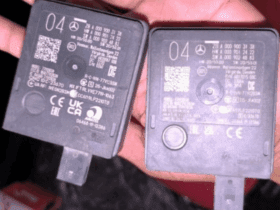

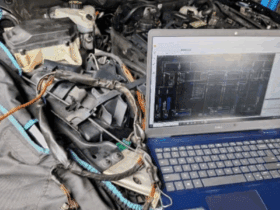
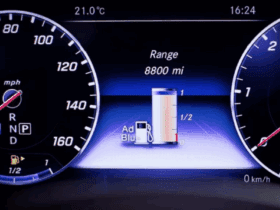
Leave a Reply